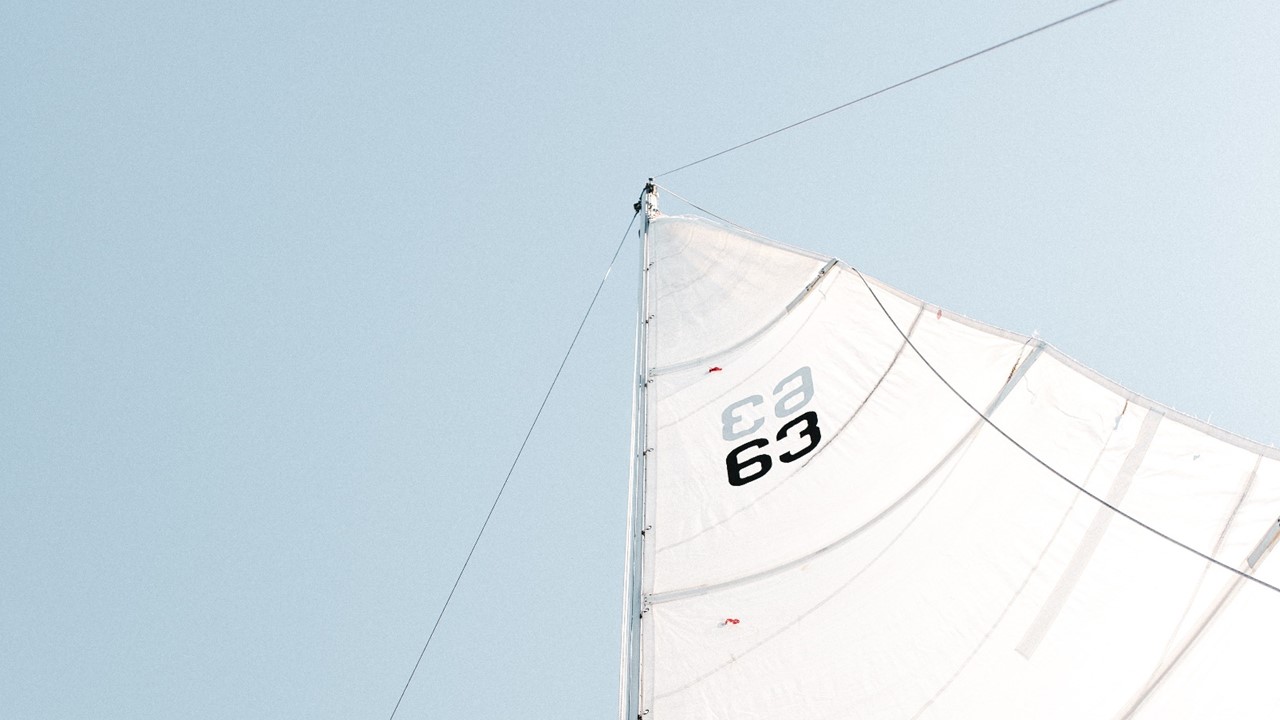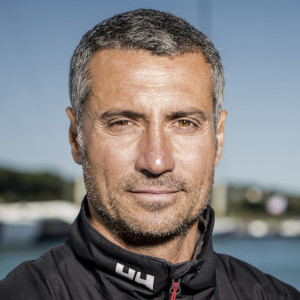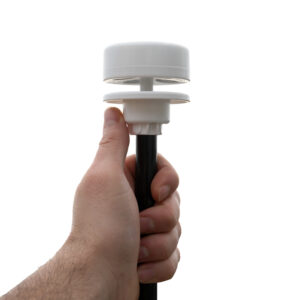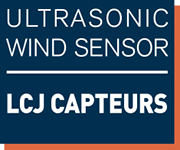24 Feb Ultrasonic wind vane-anemometer: alternative to mast climbing in Vendée Globe
Climbing to the top of the mast: inescapable during Vendée Globe?
This is a dreaded event for all skippers: climbing alone up to more than 25 meters high in the open sea. LCJ Capteurs offers a solution to reduce this probability of climbing to the top of the mast.

The Vendée Globe is about to be finished and LCJ Capteurs congratulates all the participants who showed great courage and determination. During this offshore race, the skippers did encounter many problems on their boat, including the fearsome climb to the mast.
Mast climbing: to be experienced?
In general, mast climbing in the Vendée Globe is due to a halyard, a hook or a wind vane-anemometer that cause problems. As a reminder, the halyard is a rope that allows to hoist the sail or the yard (the latter present on historic sailing boats). The hook allows to block the sail at a defined place. The wind vane-anemometer is a sensor that allows to determine the wind speed and direction. If the experience is enriching for some skippers, it becomes terrifying for others. The Italian skipper Giancarlo Pedote describes this experience in an interesting article in Psychology: “At one point, it took courage to climb up, using only the strength of your arms and legs, to repair the anemometer. I took my courage in both hands, called the Vendée Globe organization to warn them… And I climbed up.”

In this type of situation, it is important that the skippers notify their organization. This climb is so frightening that some skippers consider giving up the Vendée Globe due to lack of practice. Although they train a lot before the race start, the situation becomes more perilous in real conditions. The boat is always in motion on the water, especially at the masthead. In addition, the skipper faces many issues such as speed, weather conditions, safety. The hook and the halyard cause problems of solidity due to bad weather conditions during this competition. Moreover, some teams install small cameras at the top of their mast, allowing them to check if the operation is well done. This type of installation increases weight, which impacts the performance of the boat.
Is ultrasonic wind vane-anemometer the solution ?

Conventional wind sensors with cups are also fragile in the climatic situations that racing boats have to deal with. Their mechanical system struggle to keep up. For this reason, LCJ Capteurs offers an alternative solution to avoid any issues at the masthead. This is the installation of a high-resolution ultrasonic wind vane-anemometer: CV7-HR. Our latest marine innovation is specially designed for offshore races. This ultrasonic wind sensor has a transmission speed of 38400 Bauds and performance at 120 Hz, i.e. nearly 120 measurements per second. It offers excellent responsiveness and low latency. Fairly robust to support weather conditions and electrostatic storms, our ultrasonic wind sensors have shown reliability on all-weather boats. Finally, no breakage is possible since there are no mechanical rotating parts.
While the CV7-HR ultrasonic wind sensor does not replace the bucket-type wind vane anemometer, it remains an extremely accurate and robust add-on for wind speed and direction. Finally, if it can help some skippers not to climb the mast because of their windvane anemometer, we would be happy to help.
